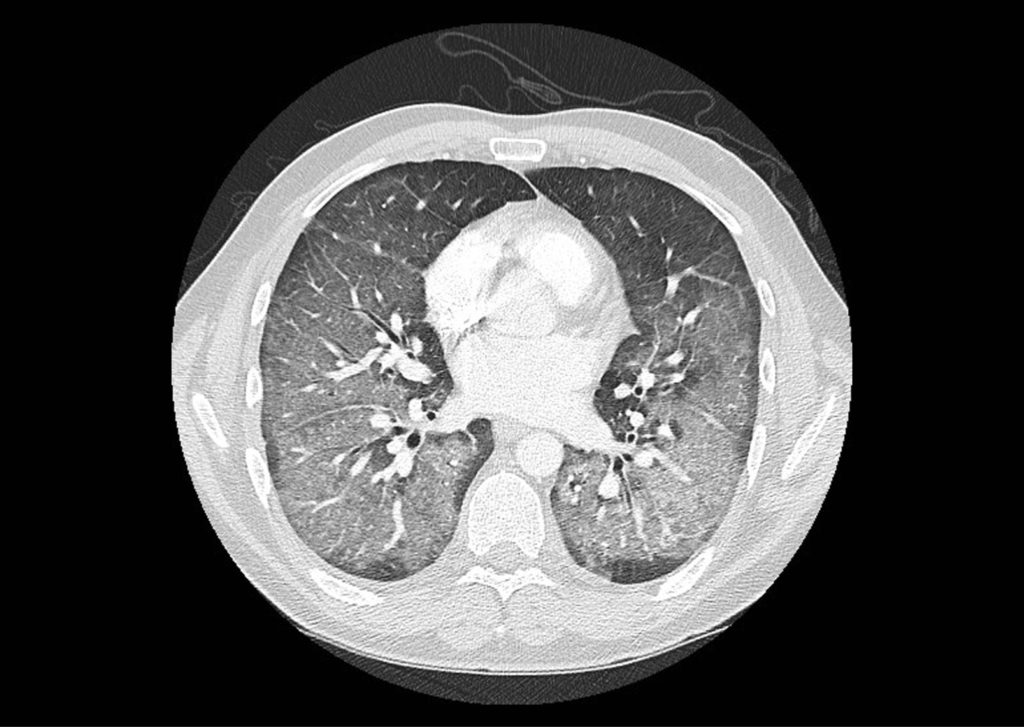
Tobacco smokers saw vaping as a healthier alternative. Many of them switched to vaping once it was introduced. Vaping provides convenience along with the different flavors making it even more appealing to smokers. Controlling levels of nicotine is also one of the advantages that vapers reap by using fancy electronic devices. Since 2008 sales of e-cigarettes have gone from $20 million to $10 billion annually worldwide.
In a 2016 study published by the “Tobacco prevention and ce ssation” journal, researchers from the universities of Oklahoma and Minnesota found that over half of US smokers have tried vapes and around 20% vaped in the last 30 days. Within a decade, over 10,000 vaping stores opened across the US.
An elephant in the room?
In August 2019, a person died in Illinois due to a mysterious illness related to vaping. By January 2020, the death toll hit 60 people in the US alone with almost 2700 confirmed cases of lung illness. Here in Canada, 15 cases are confirmed so far. medical diagnosis showed severe lung damage along with inflammation. Two diseases were identified. One of them was well-known and documented among labour workers of microwave popcorn factories. The disease was called then “popcorn lung disease. The chemical Diacetyl is believed to be the reason behind the illness. The second disease is still considered mysterious and medical researchers named it “EVALI” which stands for “e-cigarette or vaping product use-associated lung injury”.

Why did vaping suddenly become dangerous?
According to Health Canada, the answer may be in the ingredients that some vapes contain. Chemicals like formaldehyde and acrolein and metals and contaminants like nickel, tin, and aluminum are not safe for human consumption. Other materials used in cosmetics like vegetable glycerine and propylene glycol are not tested for inhaling safety. Michael Chaiton from the Centre for Addiction and Mental Health (CAMH) believes that other factors like nicotine addiction are at play here as well.

These news may not still change views of some vapers. Vaping according to statistics is still on rise among youngsters.
Could banning flavours prevent youth vaping? #vaping #cdnhealth https://t.co/Fj6cBdWRA8 via @nationalpost
— Santis Health (@SantisHealth) February 10, 2020

Be the first to comment